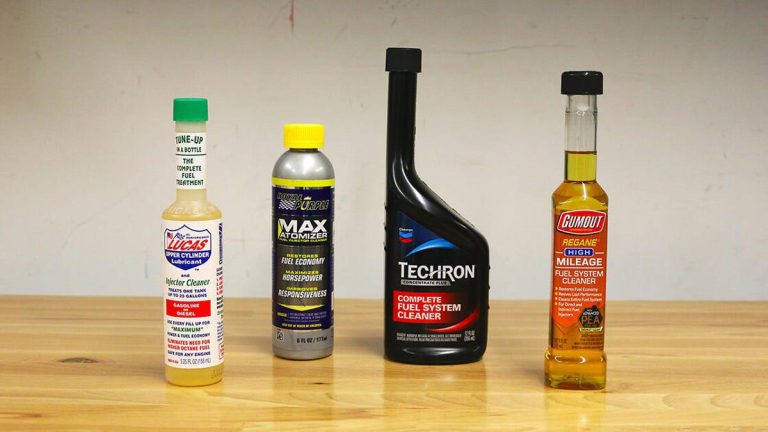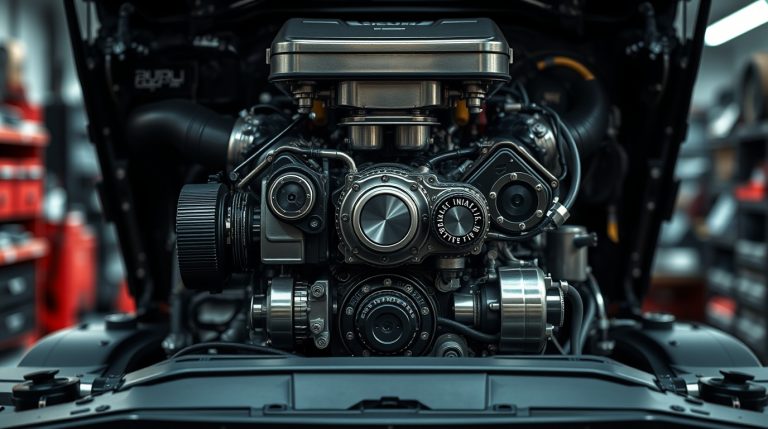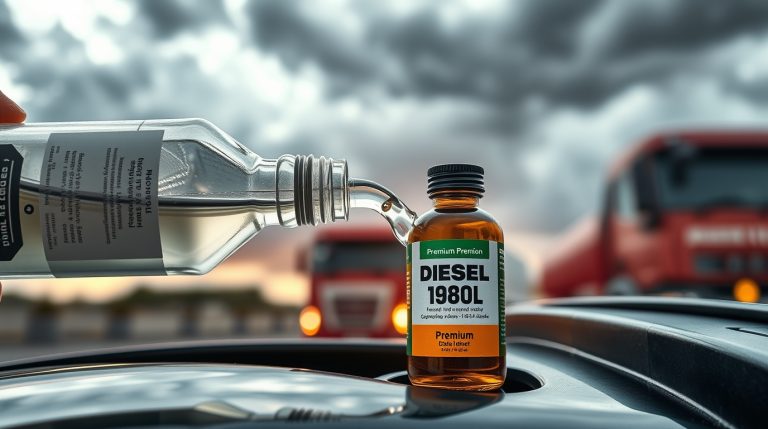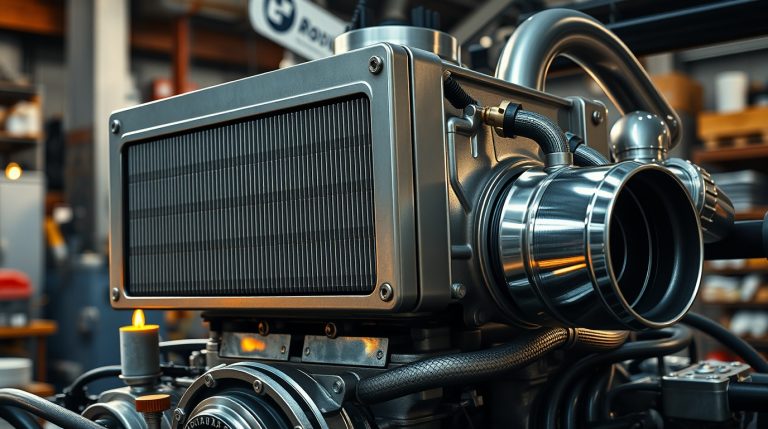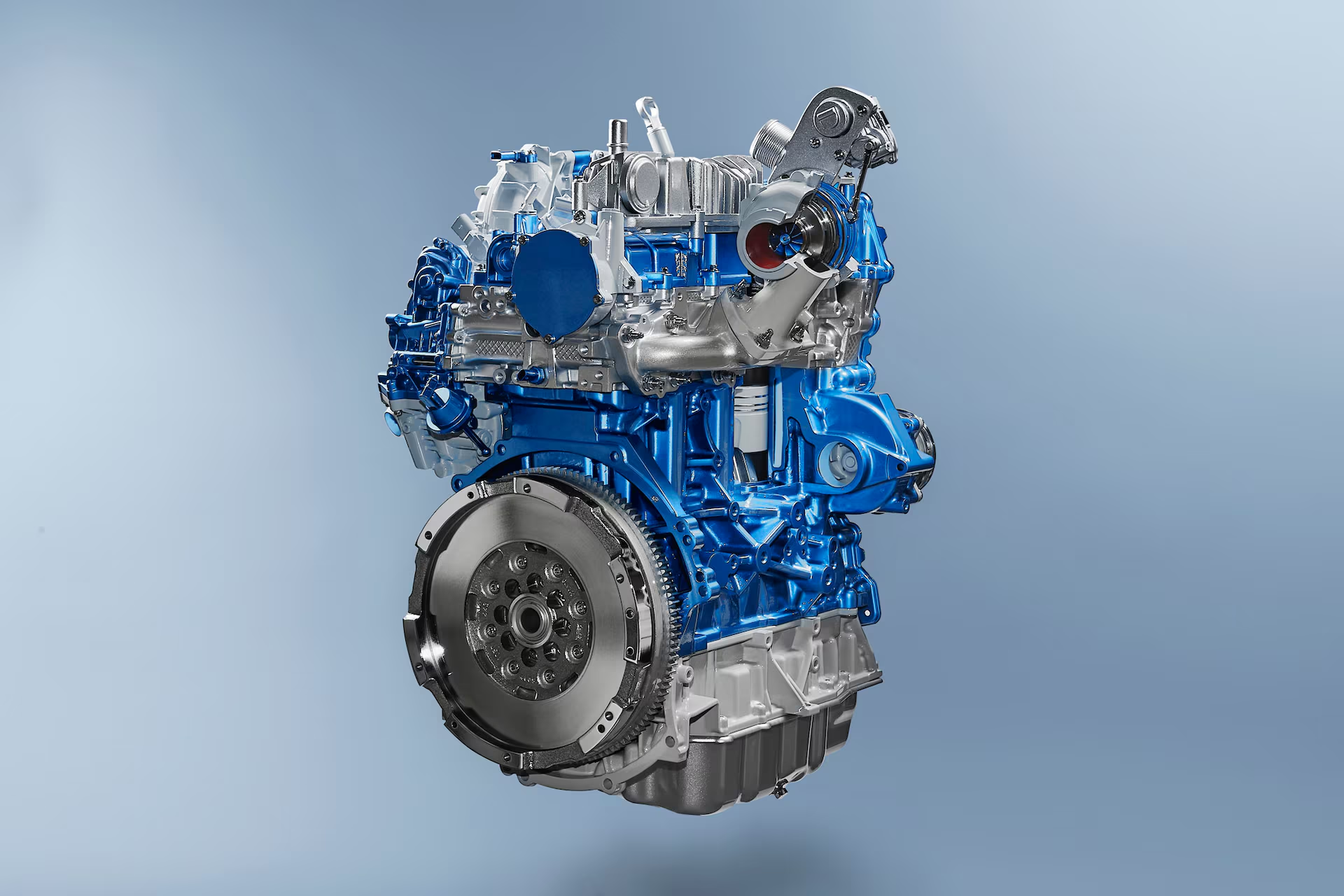

If you own a Ford with the 2.0L EcoBlue diesel engine, chances are you’ve heard a few horror stories about turbocharger failures. Maybe your turbo started whining like a siren, or maybe your power just vanished overnight. Either way, you’re not alone—this engine has developed a reputation for turbo issues that can get expensive fast.
The EcoBlue lineup was designed to be more efficient, smoother, and cleaner-burning than the older Ford diesels. On paper, it delivers. In reality, if you don’t stay on top of maintenance, your turbo might not make it past 80,000 km.
So, what’s causing these failures? More importantly, how do you stop them before they drain your bank account?
Let’s break it down.
1. Oil Starvation and Sludge Build-Up
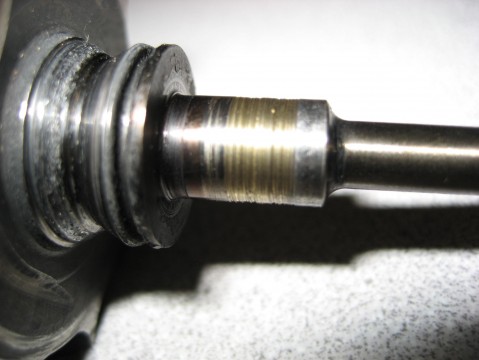
If there’s one thing that kills turbos faster than anything else, it’s lack of oil flow. The 2.0 EcoBlue is notorious for sludge buildup in its oil feed lines, which can lead to total turbo failure if ignored.
Signs of Oil Starvation:
- High-pitched whining or metal-on-metal scraping noises from the turbo
- Sudden loss of power, especially under acceleration
- Blue or white smoke coming from the exhaust
- Check engine light with turbo pressure codes
What’s Causing It?
The oil feed lines get clogged with carbon deposits, restricting oil flow to the turbo’s bearings. Less lubrication means higher temperatures and faster wear, eventually leading to a seized turbo.
How to Fix It:
- Flush the oil system regularly to prevent sludge buildup.
- Replace the turbo oil feed and return lines if they’re clogged.
- Use high-quality synthetic oil (Ford recommends 5W-30 or 0W-30) to minimize carbon deposits.
Ignoring this problem means your turbo will cook itself to death, and you’ll be paying well over £1,500 for a new one.
2. Turbo Actuator Failure and Boost Issues
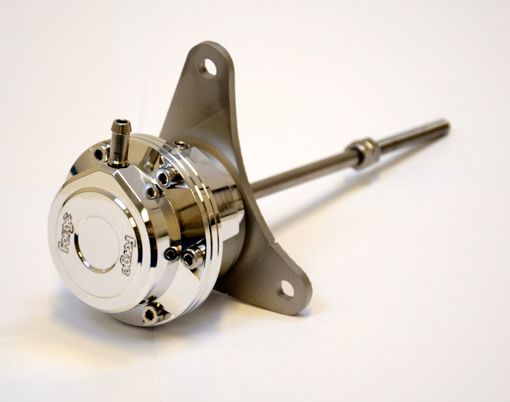
If your EcoBlue suddenly feels sluggish, chances are the turbo actuator is on its way out. This small but critical component controls boost pressure, and when it fails, your turbo either doesn’t spool properly or overboosts and self-destructs.
Signs of a Bad Turbo Actuator:
- Turbo lag or delayed boost response
- Drop in acceleration power
- Whistling or chuffing noises under load
- Overboost or underboost engine codes (P2263, P2563)
What’s Causing It?
The electronic actuator controls the turbo’s variable vanes, adjusting airflow and boost levels. But in the 2.0 EcoBlue, these actuators can fail due to internal gear wear, faulty electronics, or wiring issues.
How to Fix It:
- Scan for turbo-related error codes to confirm actuator failure.
- Check for damaged wiring before replacing the actuator.
- Replace the actuator before it causes turbo overboosting, which can destroy the bearings.
Actuators are cheaper to replace than an entire turbo. Ignore this problem long enough, though, and you’ll be dealing with far worse than slow acceleration.
3. Carbon Build-Up on Turbo Vanes
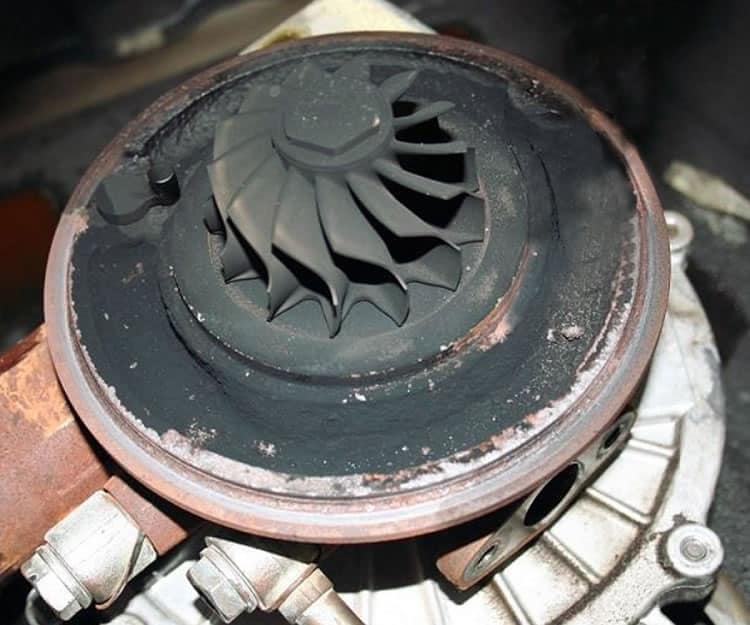
Variable-geometry turbos are great for improving efficiency and power delivery, but they come with one major drawback, they hate carbon buildup.
The 2.0 EcoBlue is especially prone to carbon-clogged turbo vanes, thanks to its EGR system, which dumps soot straight into the intake.
Signs of Sticking Turbo Vanes:
- Power loss at low RPMs, followed by overboost at higher speeds
- Intermittent turbo lag
- Limp mode activation when accelerating hard
- Black smoke under load
What’s Causing It?
Over time, carbon deposits coat the turbo’s internal vanes, making them stick and preventing proper airflow control. This leads to erratic boost pressure and inconsistent acceleration.
How to Fix It:
- Clean the EGR and intake system regularly to reduce soot buildup.
- Use a turbo cleaner additive to dissolve minor carbon buildup.
- If the vanes are completely stuck, a turbo rebuild or replacement is the only option.
A sticking turbo might start as an annoyance, but if left unchecked, it will destroy your engine’s performance and force an expensive replacement.
Should You Be Worried About Your 2.0 EcoBlue Turbo?
If you stay on top of oil changes and maintenance, your turbo should last well past 160,000 km. The problem is that most drivers don’t, and Ford’s service intervals are too long to prevent these common failures.
How to Make Your Turbo Last:
- Change the oil every 10,000-12,000 km with high-quality synthetic oil.
- Replace the turbo oil feed line every 100,000 km to prevent clogging.
- Don’t ignore turbo lag or whining noises, fix actuator and vane issues early.
- If you get a P2263 or P2563 error code, check your turbo before it fails completely.
Turbo failures are expensive. Preventative maintenance costs a fraction of a full replacement.
Final Thoughts: Should You Replace or Repair Your EcoBlue Turbo?
If your turbo is showing signs of failure, don’t just throw in a new one without fixing the root cause. Many Ford owners replace their turbo, only to have the new one fail months later because they ignored sludge buildup, oil line restrictions, or actuator issues.

